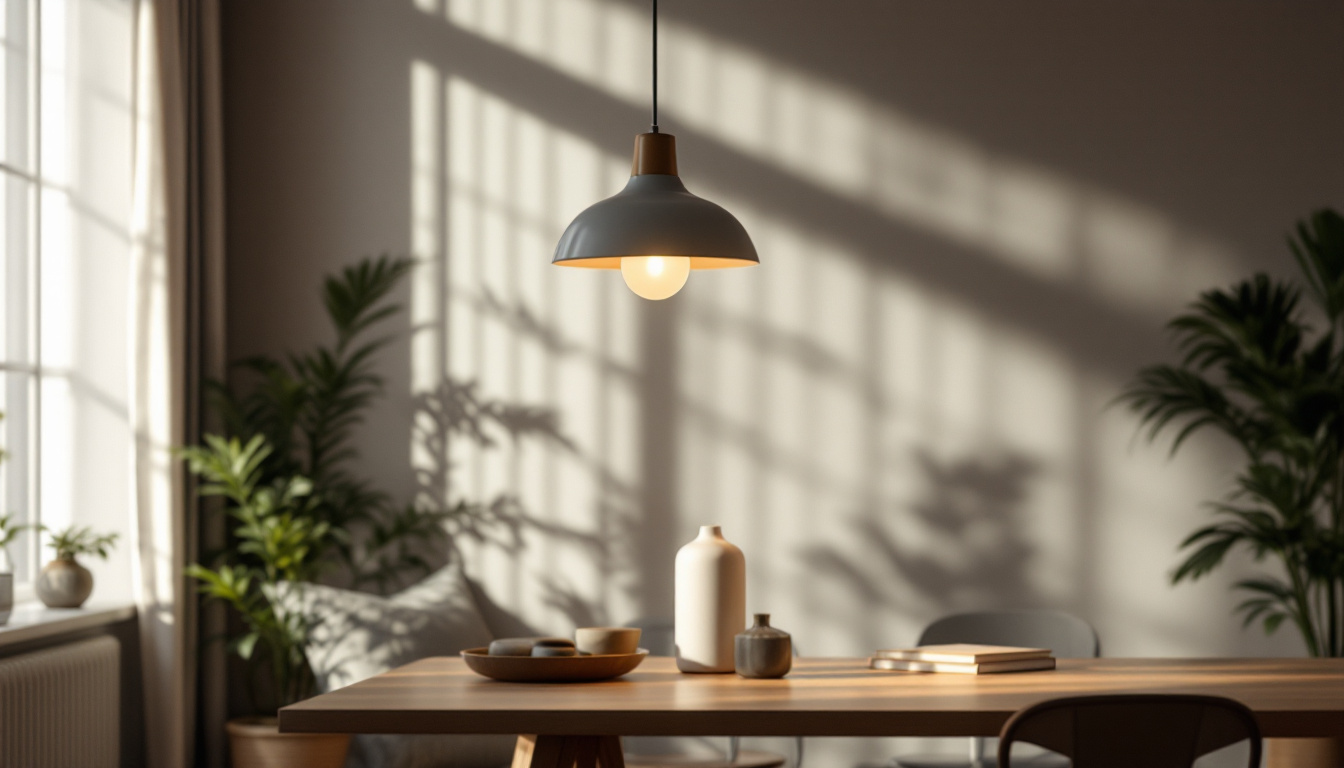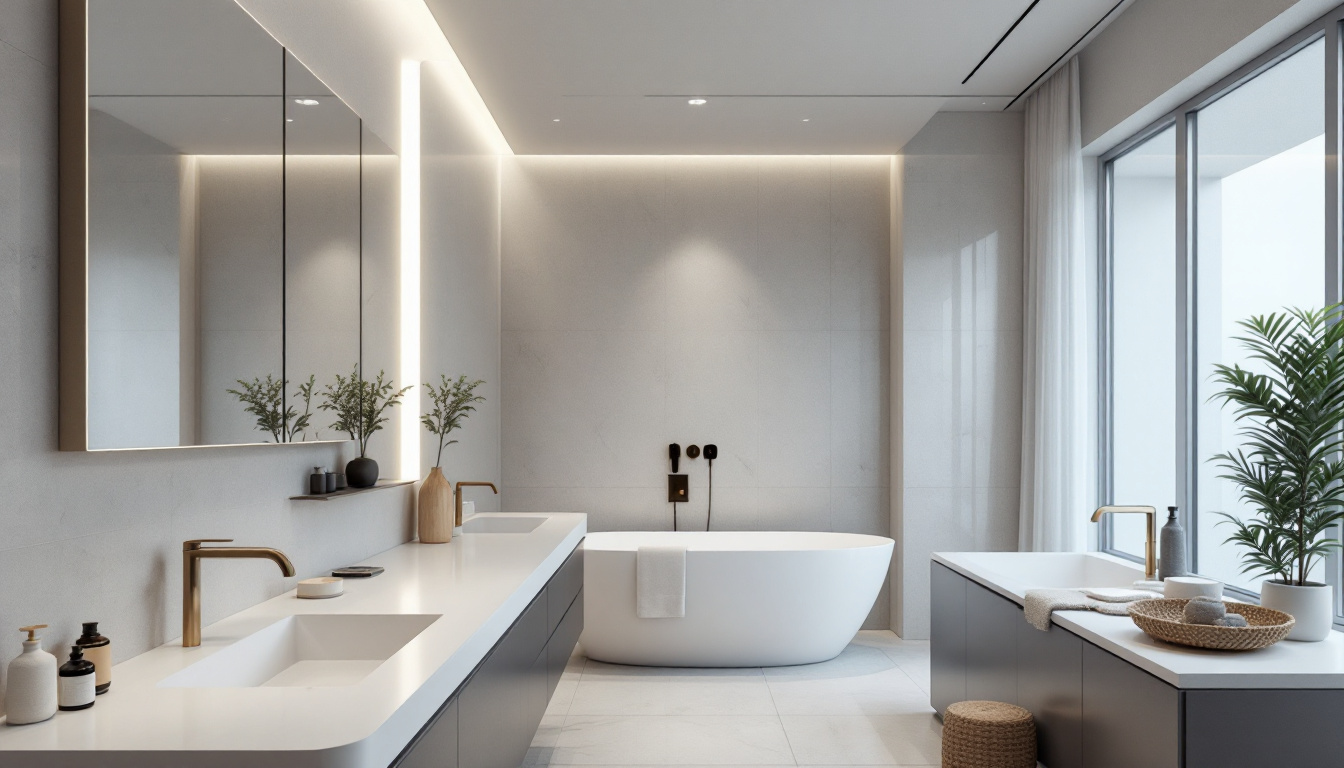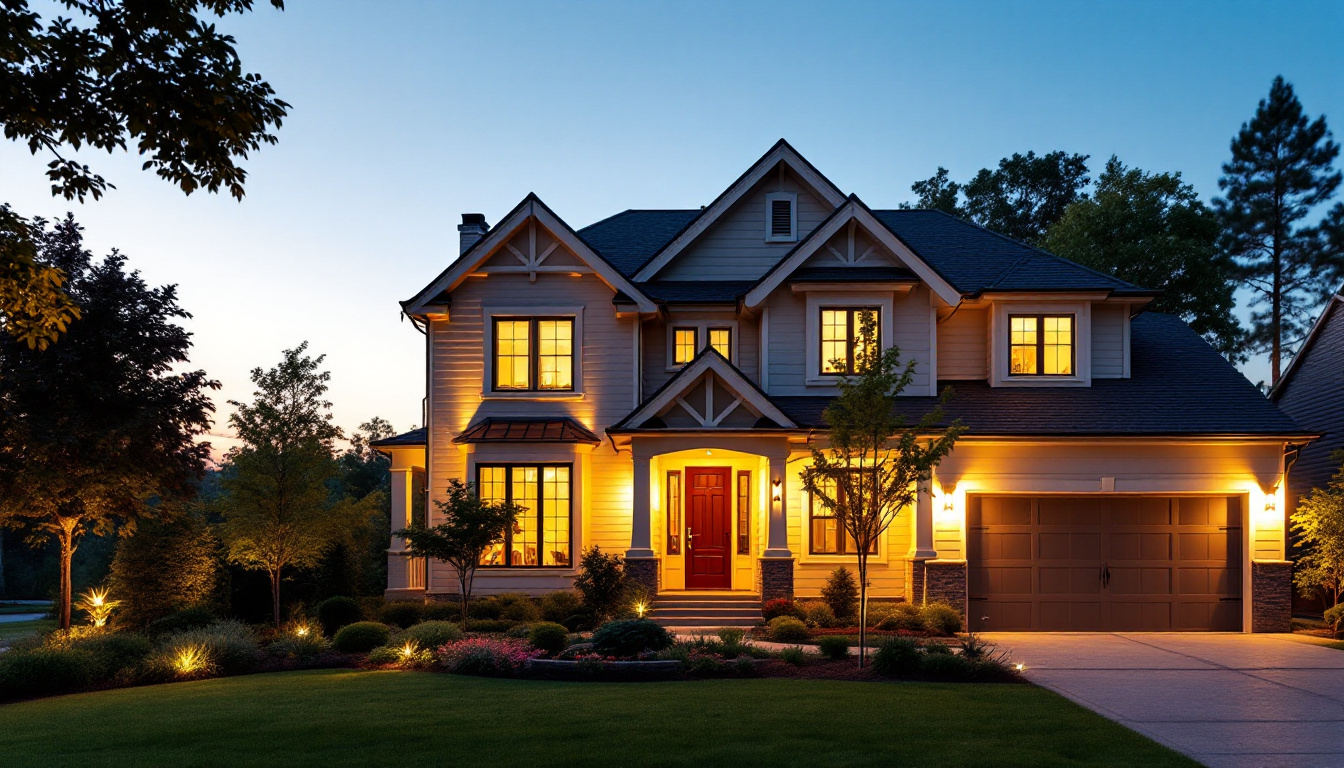
In the world of interior design, lighting plays a pivotal role in shaping the ambiance and functionality of a space. Among the myriad of lighting options available, hanging light pendants stand out as a versatile and stylish choice. This article explores the benefits, design considerations, and installation tips for hanging light pendants, revealing how they can elevate lighting designs to new heights.
Hanging light pendants are not just functional; they are also a statement piece that can transform any room. Their versatility allows them to fit seamlessly into various design styles, from modern minimalism to rustic charm.
One of the most significant advantages of hanging light pendants is their adaptability. Whether it’s a kitchen, dining room, or living area, these fixtures can be tailored to enhance the specific characteristics of each space. For instance, in a kitchen, a cluster of small pendants can create a cozy atmosphere above an island, while a single, larger pendant can serve as a focal point in a dining room.
The height at which pendants are hung can also be adjusted to suit the room’s proportions and the desired effect. Lower-hanging pendants can create an intimate setting, while higher placements can open up the space, making it feel larger and more airy. In addition, the use of dimmable bulbs with these fixtures allows for further customization of the ambiance, enabling homeowners to switch from bright task lighting to a softer, more relaxed glow for evening gatherings.
Hanging light pendants come in an array of designs, materials, and colors, making them suitable for any aesthetic. Sleek, metallic finishes work beautifully in contemporary settings, while wooden or glass designs can add warmth to a more traditional or eclectic space. The choice of shade and bulb type can further influence the mood, allowing for a tailored approach to lighting design.
Moreover, the ability to mix and match different pendant styles can create a unique and personalized look. For example, combining various shapes and sizes can add visual interest and depth to a room, making it a dynamic and inviting environment. This eclectic approach can also reflect the homeowner’s personality, showcasing their creativity and taste. Additionally, incorporating pendants with varying light intensities can create layers of illumination, enhancing the overall aesthetic and functionality of the space. As a result, hanging light pendants not only illuminate but also serve as an artistic expression, bridging the gap between utility and design.
Beyond aesthetics, hanging light pendants can significantly enhance the functionality of a space. Proper lighting is essential for performing tasks effectively, and pendants can be strategically placed to achieve this goal.
In areas where specific tasks are performed, such as kitchens or workspaces, hanging light pendants can provide focused illumination. For instance, installing a pendant light directly above a kitchen island or dining table ensures that the area is well-lit for cooking or dining activities. This targeted lighting not only improves visibility but also enhances safety and efficiency.
Choosing the right bulb type is crucial for maximizing task lighting. LED bulbs, for example, offer bright, energy-efficient illumination that is ideal for detailed work. Additionally, dimmable pendants allow for adjustable brightness, enabling users to create the perfect lighting for any occasion. This flexibility is particularly beneficial in multi-functional spaces, where the lighting needs may vary throughout the day—from bright, invigorating light during meal prep to softer, ambient lighting for evening gatherings.
Another advantage of hanging light pendants is their ability to define different zones within an open floor plan. By strategically placing pendants in various areas, designers can create distinct spaces that serve different purposes. For example, a series of pendants over a dining table can delineate the dining area from the living space, providing both functional and visual separation.
This zoning effect can enhance the overall flow of a home, making it feel more organized and inviting. Furthermore, using different styles of pendants in each zone can add character and reinforce the unique identity of each area. For instance, a sleek, modern pendant might complement a minimalist kitchen, while a vintage-inspired fixture could add warmth and charm to a cozy reading nook. This thoughtful selection not only enhances the aesthetic appeal but also supports the intended use of each space, creating an environment that is both beautiful and practical.
Moreover, the height at which pendants are hung plays a critical role in their effectiveness. Lower-hanging pendants can create an intimate atmosphere, perfect for dining or conversation, while higher placements can provide general illumination without obstructing sight lines. This careful consideration of height and placement ensures that each pendant serves its purpose while contributing to the overall ambiance of the room.
When incorporating hanging light pendants into a lighting design, several key factors should be considered to ensure optimal results. These include scale, placement, and the overall lighting scheme.
The scale of the pendant in relation to the space is a critical consideration. A small pendant may get lost in a large room, while an oversized fixture can overwhelm a smaller area. It’s essential to strike a balance that complements the dimensions of the room and the surrounding furnishings.
For example, in a spacious dining room, a large chandelier-style pendant can serve as a dramatic centerpiece, while in a cozy nook, a smaller, more delicate pendant can create an intimate atmosphere. Taking measurements and visualizing the fixture in the space can help ensure that the chosen pendant is the right fit. Additionally, consider the visual weight of the pendant; a light, airy design may work well in a minimalist space, while a more substantial, ornate piece can add character to a traditional setting. The color and material of the pendant also play a role in how it interacts with the room’s decor, influencing the overall aesthetic harmony.
Placement is another vital aspect of hanging light pendants. The height at which a pendant is hung can dramatically affect the room’s ambiance and functionality. Generally, pendants should be hung at a height that allows for adequate clearance while still providing effective illumination.
In dining areas, for example, a pendant should typically be suspended 30 to 36 inches above the table to provide optimal lighting without obstructing views. In kitchens, pendants above an island should be hung slightly lower, around 28 to 34 inches, to create a warm and inviting atmosphere for cooking and socializing. Furthermore, consider the layout of the space when determining placement; multiple pendants can be aligned over an island or dining table to create a cohesive look, while varying heights can add visual interest. Layering different types of lighting—such as ambient, task, and accent—can also enhance the effectiveness of hanging pendants, ensuring that they not only serve as decorative elements but also fulfill practical lighting needs throughout the area.
Proper installation is crucial for maximizing the effectiveness of hanging light pendants. Here are some essential tips to ensure a successful installation.
Before installing a hanging light pendant, it’s important to assess the electrical requirements. Ensure that the existing wiring can support the new fixture, and consult a licensed electrician if necessary. This step is particularly important for larger pendants that may require additional support or specific wiring configurations.
Additionally, consider the type of bulb and wattage being used. LED bulbs are often recommended for their energy efficiency and longevity, but it’s essential to verify that the fixture is compatible with the chosen bulb type.
When hanging a pendant light, securing the fixture properly is paramount for safety. Use appropriate mounting hardware and ensure that the fixture is anchored to a ceiling joist or a secure support structure. This prevents the pendant from swaying or falling, which could pose a safety hazard.
For larger pendants, it may be necessary to use a ceiling medallion or additional support brackets to distribute the weight evenly. Taking these precautions can help ensure a safe and stable installation.
Once installed, maintaining hanging light pendants is essential for preserving their appearance and functionality. Regular cleaning and occasional inspections can help keep them looking their best.
Dust and grime can accumulate on light fixtures over time, diminishing their brightness and appeal. Regularly dusting the pendants with a soft cloth can help prevent buildup. For more thorough cleaning, a gentle solution of warm water and mild soap can be used, but care should be taken to avoid damaging delicate finishes or materials.
It’s also advisable to check the bulbs periodically to ensure they are functioning correctly. Replacing burnt-out bulbs promptly not only maintains the fixture’s aesthetic but also ensures that the space remains well-lit.
Conducting periodic inspections of the pendants is a good practice to identify any potential issues early on. Look for signs of wear, loose wiring, or any other concerns that may affect the fixture’s performance. Addressing these issues promptly can prevent more significant problems down the line.
Hanging light pendants are more than just decorative elements; they are powerful tools in the realm of lighting design. Their versatility, functionality, and aesthetic appeal make them an excellent choice for a wide range of spaces. By considering factors such as scale, placement, and maintenance, lighting contractors can harness the full potential of these fixtures to create stunning and effective lighting designs.
As the demand for innovative lighting solutions continues to grow, hanging light pendants will remain a staple in the design toolkit. By understanding their benefits and best practices, contractors can elevate their projects and deliver exceptional results that meet the needs and preferences of their clients.
Ready to transform your lighting designs with the elegance and versatility of hanging light pendants? Look no further than LumenWholesale for all your lighting needs. We provide contractors with exceptional, spec-grade lighting products at the most competitive wholesale prices. Our expansive selection not only meets but exceeds industry standards, ensuring that every project shines with reliability and high performance. Plus, with the convenience of free shipping on bulk orders, you can enjoy the best value without any hidden costs. Elevate your lighting designs today by visiting Wholesale Lighting at the Best Value and discover the LumenWholesale difference—where quality, affordability, and convenience come together seamlessly.

Discover how recessed lighting can transform your bathroom into a stylish and functional space.

Discover essential tips and expert advice for lighting contractors on mastering the use of 2 ft fluorescent bulbs.

Discover the essential insights lighting contractors need to know about outdoor light fixtures.

Discover essential compliance guidelines and expert tips for lighting contractors working on outdoor house projects.